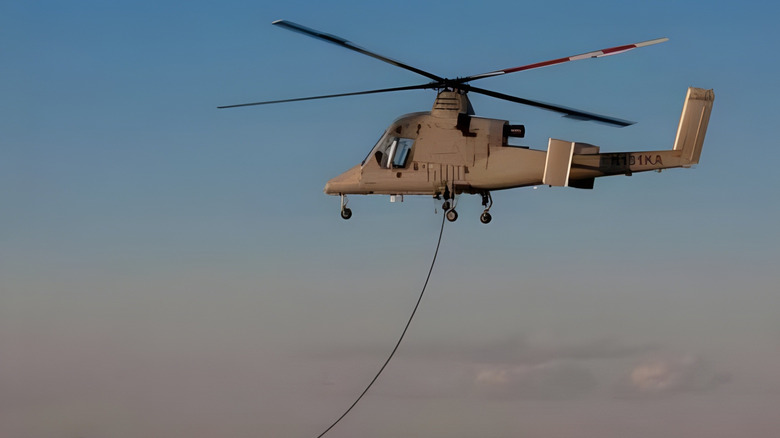The Rise of Autonomous Military Helicopters
It may be hard to believe, but self-flying military helicopters are already a reality and are undergoing real-world testing. These aren’t just theoretical concepts or something that might happen in the near future—they are being developed and tested by major aerospace companies. For instance, Lockheed Martin’s Sikorsky division has demonstrated a Black Hawk helicopter taking off, maneuvering through an obstacle-filled environment, and landing all on its own. This is made possible by advanced sensors, artificial intelligence, and flight systems capable of handling everything from routine route planning to complex emergency situations.
Currently, these autonomous rotorcraft are primarily controlled by defense contractors and research programs. However, they offer a glimpse into where both military and civilian aviation might be heading over the next decade. The applications of these tests go beyond the military, extending into emergency medical services, search and rescue operations, and commercial cargo delivery. These systems could operate in dangerous conditions where human pilots face unacceptable risks while still maintaining the safety and reliability needed for critical missions.
The Technology Behind Self-Flying Helicopters
A concept as intricate as self-flying helicopters requires precision and prioritizes safety above all else. The technology relies on a combination of cutting-edge systems to keep the helicopter stable, safe, and aware of its surroundings. A common approach involves using lidar, radar, optical cameras, GPS, and inertial navigation units to create a detailed, constantly updated map of the environment. This data is then processed by powerful onboard computers running AI-driven flight software. This software can plot courses, adjust to weather changes, avoid obstacles, and even communicate with air traffic controllers.
One of the most advanced examples is Sikorsky’s MATRIX technology, which allows a UH-60 Black Hawk to perform fully autonomous missions. Another notable project is the DARPA-backed Aurora Flight Sciences ALIAS program, designed as a flexible kit that can be installed in existing aircraft like the UH-1 Huey. This system automates important flight duties and can execute complex emergency procedures, significantly reducing the workload on human pilots and serving as a safeguard if they become incapacitated.
Challenges and Future Prospects
Despite impressive advancements in autonomous technology, these systems won’t be making their way to local dealers anytime soon. Most of them are tied to military contracts or are part of highly controlled demonstration programs. Developers are still working through various challenges to prove long-term reliability under all operational scenarios. Regulatory roadblocks also remain a significant barrier. Certifying an unmanned helicopter for commercial use in densely populated areas is a challenge that goes well beyond engineering.
However, these developments lay the foundation for a future where fully autonomous rotorcraft could become a part of daily life. As air taxi developers continue to enhance self-flying systems and pilot-assist technologies advance, it may not be long before civilian helicopters start incorporating these capabilities. For now, they serve as a testament to how quickly aviation technology is evolving, offering a glimpse into a future where helicopters might not need pilots at all.







